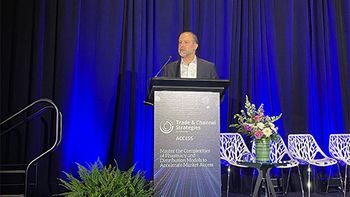
Sequestration effects on FDA and NIH: numbers are known, effects are not
FDA's cut is $209 million
The much-discussed but unmodified sequestration process, cutting $85 billion from the federal budget during this fiscal year, went into effect March 1, with a
FDA reportedly will see a reduction of $209 million. (FDA’s 2013 budget, including industry user fees, is $4.5 billion, of which user fees are $2.0 billion.) Public statements by Commissioner Margaret Hamburg mostly alluded to cuts in food inspection and some public-health initiatives. BioCentury, a Redwood City, CA business publisher, reported that the Obama Administration is seeking Congressional approval to release funds gathered under PDUFA V (the drug user fee program); payments into that fund by industry has increased this fiscal year, but there is a cap on how much spending can occur during this year. Removing the cap could bring $36-41 million back into the FDA budget. NIH will be cut by $1.55 billion, which could affect the number of research grants it issues, according to Stephen Burrill, CEO of Burrill & Co., an investment advisory firm. Numerous healthcare advocacy groups and industry trade associations have noted that life sciences R&D can’t be throttled up or down at will; longterm research programs need a steady flow of funding to reach completion.
Newsletter
Stay ahead in the life sciences industry with Pharmaceutical Commerce, the latest news, trends, and strategies in drug distribution, commercialization, and market access.





